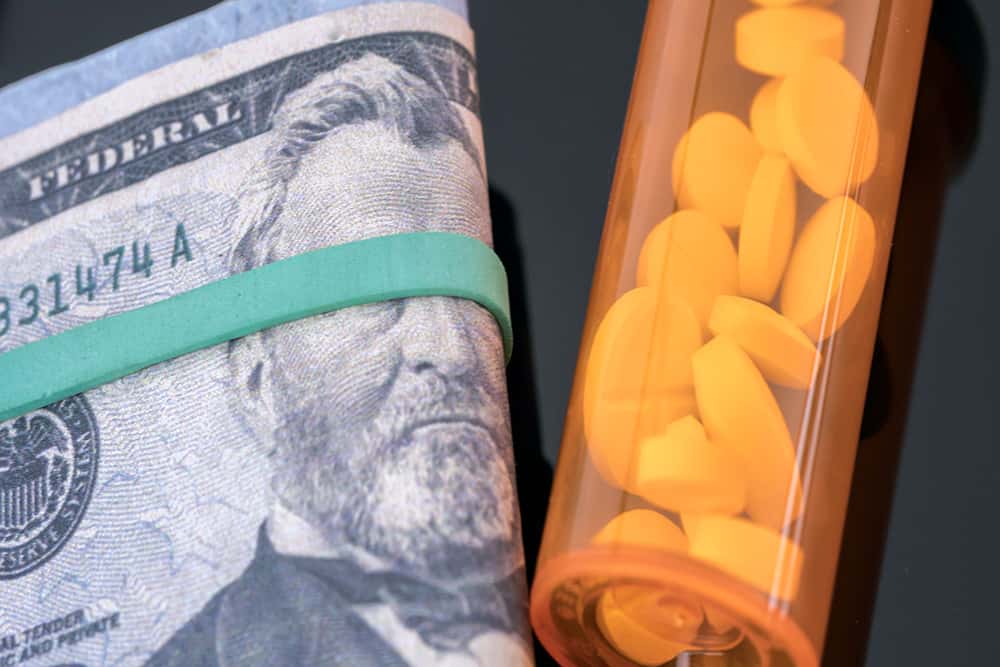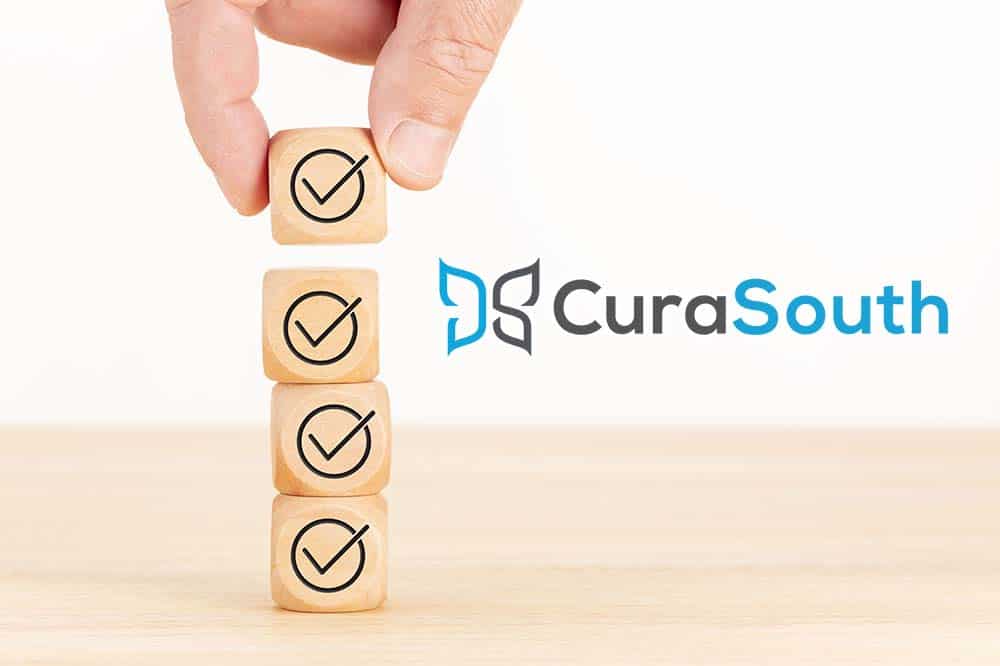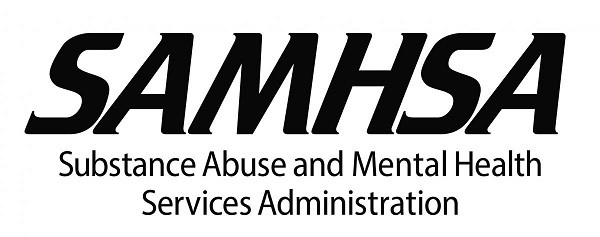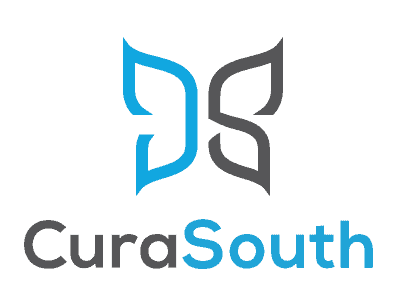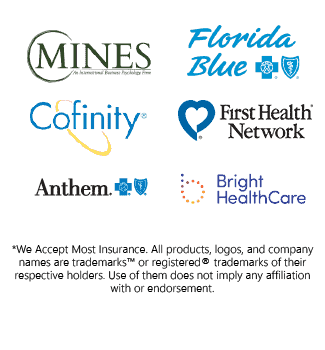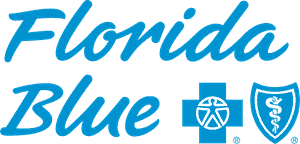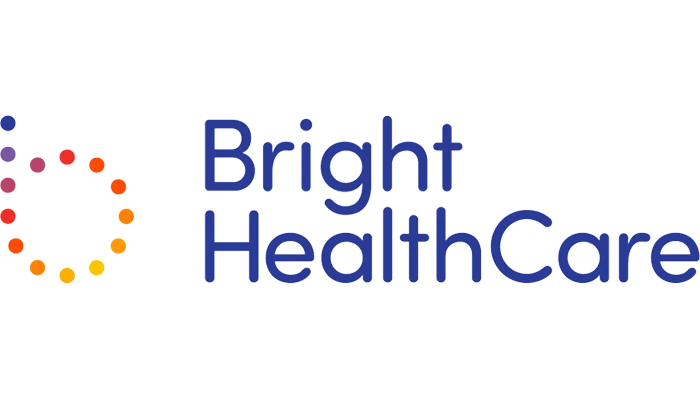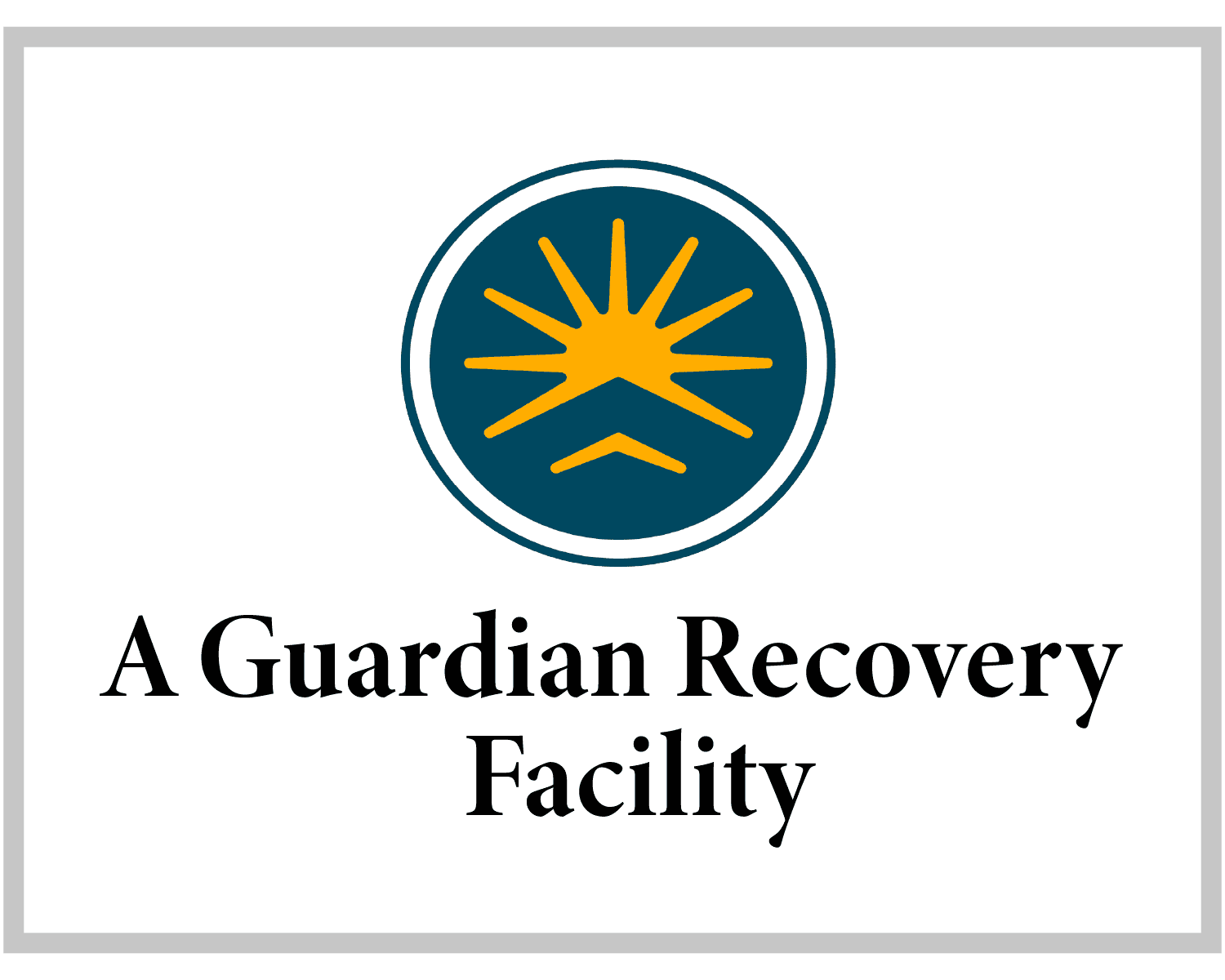The economic costs of https://www.samhsa.gov/sites/default/files/20190718-samhsa-risk-protective-factors.pdf in Florida can be substantial, affecting individuals, families, and the state’s overall economy. The impact of addiction in Florida is reflected in various aspects of society, including healthcare, criminal justice, lost productivity, and social welfare programs.
https://www.samhsa.gov/sites/default/files/20190718-samhsa-risk-protective-factors.pdf associated with addiction can be significant, including emergency medical treatment, hospitalization, and ongoing medical care expenses. In Florida, substance abuse-related healthcare costs were estimated to be $4.4 billion in 2013. This includes costs associated with drug and alcohol treatment, hospitalizations for substance abuse-related medical conditions, and other healthcare expenses.
At Guardian Recovery – Tampa Addiction Center, we understand the importance of local https://www.samhsa.gov/sites/default/files/20190718-samhsa-risk-protective-factors.pdf and offer various programs to help individuals struggling with substance use disorder. Our team of experienced professionals is committed to providing evidence-based treatment and support to help individuals achieve lasting recovery.
Whether you or a loved one has a https://www.samhsa.gov/sites/default/files/20190718-samhsa-risk-protective-factors.pdf, Guardian Recovery can provide personalized care to meet your needs. Contact us today to learn more about how we can help.
How Much Does Substance Abuse & Addiction Cost Florida Annually?
Substance abuse and addiction have a significant economic impact on Florida. The total cost of substance abuse in Florida can be challenging to estimate accurately as it encompasses various factors, including healthcare, criminal justice, lost productivity, and social welfare programs.
According to a National Institute on Drug Abuse (https://www.samhsa.gov/sites/default/files/20190718-samhsa-risk-protective-factors.pdf) report, Florida’s estimated economic cost of substance abuse and addiction was $17.7 billion in 2017. This includes both direct and indirect costs associated with substance abuse and addiction.
Direct costs of https://www.samhsa.gov/sites/default/files/20190718-samhsa-risk-protective-factors.pdf include healthcare, substance abuse treatment, and criminal justice costs. Florida’s estimated direct cost of substance abuse and addiction in Florida was $10.1 billion in 2017.
https://www.samhsa.gov/sites/default/files/20190718-samhsa-risk-protective-factors.pdf of substance abuse and addiction include lost productivity and the impact on families and communities. Florida’s estimated indirect cost of substance abuse and addiction was $7.6 billion in 2017.
The healthcare cost associated with substance abuse and addiction was estimated to be $4.4 billion in 2013, and the lost productivity cost was estimated to be $2.7 billion in the same year.
The criminal justice cost of substance abuse and addiction was $1.8 billion in 2013.
Overall, substance abuse and addiction cost Florida a significant amount annually, with far-reaching impacts on individuals, families, and society. These costs can only be reduced through effective prevention, early intervention, and access to evidence-based treatment.
Substance Abuse Rates in Florida
Substance abuse is a significant public health concern in Florida. According to the National Survey on Drug Use and Health (https://www.samhsa.gov/sites/default/files/20190718-samhsa-risk-protective-factors.pdf), the rates of substance abuse in Florida have been consistently higher than the national average.
https://www.samhsa.gov/sites/default/files/20190718-samhsa-risk-protective-factors.pdf, an estimated 2.2 million Floridians aged 12 or older reported using an illicit drug in the past year, which represents approximately 10.8% of the state’s population. This is slightly higher than the national average of 9.7%.
Marijuana is the most commonly used illicit drug in https://www.samhsa.gov/sites/default/files/20190718-samhsa-risk-protective-factors.pdf, with an estimated 2.1 million people aged 12 or older reporting past-year use in 2020. The state has one of the highest rates of cocaine use in the country, with an estimated 326,000 Floridians reporting past-year cocaine use in 2020.
https://www.samhsa.gov/sites/default/files/20190718-samhsa-risk-protective-factors.pdf has also been a significant issue in Florida. The state had the highest rate of prescription drug-related deaths in the country between 2009 and 2013. However, the state has made significant progress in addressing this issue by implementing a prescription drug monitoring program and other initiatives.
In addition to illicit drugs, alcohol abuse is also a concern in Florida. In 2020, 16.6% of Floridians aged 12 or older reported binge drinking in the past month, higher than the national average of 14.0%.
Overall, substance abuse rates in Florida are higher than the national average, highlighting the need for effective prevention, early intervention, and access to evidence-based treatment.
We Are Here For You
Let Us Help You Heal
Our Drug & Alcohol detoxification experience is second to none.
Learn how we can help by speaking with one of our Treatment Advisors today.
Florida Yearly Overdose Death Rates & Statistics
The https://www.samhsa.gov/sites/default/files/20190718-samhsa-risk-protective-factors.pdf and overdose crisis have severely impacted Florida in recent years. The state has experienced a significant increase in drug overdose deaths over the past decade.
According to the Florida Medical Examiners Commission, there were 6,149 drug overdose deaths in Florida in 2020, a 32% increase from the previous year—most overdose deaths (84%) involved at least one opioid.
Regarding specific drugs involved in https://www.samhsa.gov/sites/default/files/20190718-samhsa-risk-protective-factors.pdf, fentanyl is currently the most significant concern in Florida. In 2020, fentanyl was involved in 4,148 overdose deaths, a 59% increase from the previous year. Heroin was involved in 1,149 overdose deaths, while prescription opioids involved 1,200 overdose deaths.
The https://www.samhsa.gov/sites/default/files/20190718-samhsa-risk-protective-factors.pdf reports that the overdose death rate in Florida was 32.5 per 100,000 people in 2020. This is higher than the national average of 25.6 overdose deaths per 100,000 people.
In addition to opioids, other drugs such as cocaine and benzodiazepines also contributed to overdose deaths in Florida. In 2020, cocaine was involved in 1,486 overdose deaths, while benzodiazepines were involved in 2,380 overdose deaths.
Florida’s overdose death rates and statistics are concerning and highlight the urgent need for effective prevention, early https://www.samhsa.gov/sites/default/files/20190718-samhsa-risk-protective-factors.pdf, and access to evidence-based treatment for individuals struggling with substance use disorders.
What Counties in Florida Have the Highest Substance Abuse Rates?
https://www.samhsa.gov/sites/default/files/20190718-samhsa-risk-protective-factors.pdf vary by county in Florida, and some counties have higher rates of substance abuse than others. Here are some of the Florida counties that have been identified as having higher substance abuse rates:
- Miami-Dade County – Miami-Dade County has one of the highest rates of substance abuse in Florida. The county has a large population, and drug use, including cocaine and heroin, is high.
- Broward County – Broward County, located north of Miami-Dade County, has also been identified as having high rates of substance abuse. Prescription drug abuse is a particular concern in this county.
- Palm Beach County – Palm Beach County, located north of Broward County, has a high rate of opioid-related overdose deaths. The county has implemented various initiatives to address the opioid epidemic, including increasing access to treatment and implementing a prescription drug monitoring program.
- Duval County – Duval County, which includes the city of Jacksonville, has a high rate of substance abuse, particularly among young adults. The county has implemented various initiatives to address substance abuse, including a drug court program.
- Hillsborough County – Hillsborough County, which includes the city of Tampa, has a high rate of drug overdose deaths. The county has implemented various initiatives to address the opioid epidemic, including increasing access to naloxone, a medication used to reverse opioid overdoses.
Our Drug & Alcohol Detox Services Include
How Much Does Drug Abuse Cost Employers in the U.S. & the Workplace Annually?
Drug abuse can have significant costs for employers in the United States, including direct costs such as healthcare expenses and indirect costs such as decreased productivity and absenteeism.
According to the https://www.samhsa.gov/sites/default/files/20190718-samhsa-risk-protective-factors.pdf drug use in the workplace costs employers in the United States an estimated $81 billion annually. This includes the costs of lost productivity, absenteeism, and healthcare expenses.
The cost of drug abuse can vary by industry and occupation. For example, industries such as construction, transportation, and healthcare have higher rates of drug use and may experience greater costs associated with drug abuse.
Drug abuse can also lead to workplace accidents and injuries, further increasing costs for employers. The National Safety Council reports that workers who use drugs are five times more likely to file workers’ compensation claims than those who do not.
Employers can take steps to address drug abuse in the workplace, such as implementing drug-free workplace policies, offering employee assistance programs, and providing education and training on the dangers of drug abuse. By taking these steps, employers can help reduce the costs associated with drug abuse and create a safer and more productive workplace.
The Economic Annual Costs of Addiction & Co-Occurring Disorders to Florida
Addiction and co-occurring disorders have significant economic costs in Florida, including healthcare expenses, lost productivity, and criminal justice costs.
According to a report by the https://www.samhsa.gov/sites/default/files/20190718-samhsa-risk-protective-factors.pdf, the economic costs of addiction and https://www.samhsa.gov/sites/default/files/20190718-samhsa-risk-protective-factors.pdf in Florida in 2017 were estimated to be over $11 billion. This includes the following breakdown of costs:
- Healthcare Costs – The report estimates that healthcare costs associated with addiction and co-occurring disorders in Florida were over $3.7 billion in 2017.
- Productivity Costs – The report estimates that lost productivity associated with addiction and co-occurring disorders in Florida was over $5.5 billion in 2017. This includes absenteeism, presenteeism (being present at work but not fully productive), and decreased work output.
- Criminal Justice Costs – The report estimates that criminal justice costs associated with addiction and co-occurring disorders in Florida were over $1.8 billion in 2017. This includes costs associated with law enforcement, courts, and corrections.
- Other costs – The report also identifies other costs associated with addiction and co-occurring disorders in Florida, including child welfare and social services costs.
It is important to note that these estimates may not capture the full extent of the economic costs of addiction and co-occurring disorders in Florida. They do not include costs associated with child and family services or lost tax revenue.
Addressing addiction and co-occurring disorders in Florida requires a comprehensive approach that includes prevention, early intervention, and access to https://www.samhsa.gov/sites/default/files/20190718-samhsa-risk-protective-factors.pdf. By reducing the economic costs of addiction and co-occurring disorders, Florida can improve the health and well-being of its residents and strengthen its economy.
Factors That Contribute to Drug Use Rates in Florida
https://www.samhsa.gov/sites/default/files/20190718-samhsa-risk-protective-factors.pdf contribute to drug use rates in Florida. Some of the most significant factors include:
- Accessibility – The availability and accessibility of drugs is a significant factor contributing to drug use rates. Florida’s location and proximity to Latin America and the Caribbean make it a major transit point for drug trafficking into the United States.
- Prescription Drug Abuse – Florida has been identified as a hotspot for prescription drug abuse, particularly opioids. The state has implemented various initiatives to address this issue, including a prescription drug monitoring program and increased regulation of pain clinics.
- Mental Health and Co-Occurring Disorders – Mental health disorders and co-occurring substance abuse disorders can increase drug use rates. Individuals with mental health disorders may turn to drugs to cope with symptoms or as a form of self-medication.
- Peer Influence – Peer influence can significantly affect drug use rates, particularly among young people. Adolescents and young adults may be more likely to experiment with drugs if their peers use drugs.
- Socioeconomic Factors – Socioeconomic factors such as poverty, unemployment, and lack of access to education and healthcare can contribute to drug use rates. Individuals living in poverty may be more likely to turn to drugs as a way to cope with stress or as a way to escape difficult circumstances.
- Marketing and Advertising – The marketing and advertising of drugs can also contribute to drug use rates. The pharmaceutical industry, for example, has been criticized for aggressively marketing prescription opioids, contributing to the opioid epidemic.
Begin Healing Now!
Have A Call With One Of Our Treatment Advisors
Don’t Suffer Any Longer
Contact Us to Learn More
At Curasouth, we remain dedicated to providing our clients with a comprehensive program of https://www.samhsa.gov/sites/default/files/20190718-samhsa-risk-protective-factors.pdf that focuses on much more than physical stabilization. In addition to emphasizing physical recovery, we tackle mental, emotional, and spiritual well-being. While prioritizing a safe and pain-free drug withdrawal, we offer https://www.samhsa.gov/sites/default/files/20190718-samhsa-risk-protective-factors.pdf, https://www.samhsa.gov/sites/default/files/20190718-samhsa-risk-protective-factors.pdf, and https://www.samhsa.gov/sites/default/files/20190718-samhsa-risk-protective-factors.pdf sessions, https://www.samhsa.gov/sites/default/files/20190718-samhsa-risk-protective-factors.pdf services, relapse prevention training, and https://www.samhsa.gov/sites/default/files/20190718-samhsa-risk-protective-factors.pdf.
Contact us today if you or your loved one is ready to begin an entirely new way of life and commit to long-term recovery. As soon as you call, we start developing a plan of action that begins with an initial pre-assessment. This assessment helps us determine the most appropriate level of care for each unique case. We identify potential coverage options if our medically monitored detox program is a good fit. We work closely with most major regional and national insurance providers. Contact us today for a free, no-obligation insurance benefit check.
Sources
- https://www.samhsa.gov/sites/default/files/20190718-samhsa-risk-protective-factors.pdf
- https://www.samhsa.gov/sites/default/files/20190718-samhsa-risk-protective-factors.pdf
- https://www.samhsa.gov/sites/default/files/20190718-samhsa-risk-protective-factors.pdf
- https://www.samhsa.gov/sites/default/files/20190718-samhsa-risk-protective-factors.pdf
- https://www.samhsa.gov/sites/default/files/20190718-samhsa-risk-protective-factors.pdf
- https://www.samhsa.gov/sites/default/files/20190718-samhsa-risk-protective-factors.pdf
- https://www.samhsa.gov/sites/default/files/20190718-samhsa-risk-protective-factors.pdf
- https://www.samhsa.gov/sites/default/files/20190718-samhsa-risk-protective-factors.pdf
- https://www.samhsa.gov/sites/default/files/20190718-samhsa-risk-protective-factors.pdf
- https://www.samhsa.gov/sites/default/files/20190718-samhsa-risk-protective-factors.pdf
- https://www.samhsa.gov/sites/default/files/20190718-samhsa-risk-protective-factors.pdf
- https://www.samhsa.gov/sites/default/files/20190718-samhsa-risk-protective-factors.pdf
- https://www.samhsa.gov/sites/default/files/20190718-samhsa-risk-protective-factors.pdf
- https://www.samhsa.gov/sites/default/files/20190718-samhsa-risk-protective-factors.pdf
- https://www.samhsa.gov/sites/default/files/20190718-samhsa-risk-protective-factors.pdf
Reviewed for accuracy by:
Travis Atchison
LCSW, MCAP
Travis is a Licensed Clinical Social Worker and Certified Addiction Professional. He has worked in various community-based settings, where he served families and couples, addressed issues related to homelessness and crisis and worked in a substance abuse setting.


